Pajaro Verde is a living example: a successful family farm, both economically22 and ecologically; mostly forested with coffee, native crops, horticulture; milpa during the wet season, and fully integrated with animals and ponds for aquaculture and water capture.
The biofabrica is the latest addition, along with space around it for trialling and showcasing the results.
“No one believes you can grow tomatoes organically – let alone outside a greenhouse,” Suarlin tells me, as we walk upslope to a plot alongside the road.
Asking why that is, he explains that there’re “too many plagas” – insect and fungal diseases common during the wet season.
“But here we have an example. With bioinsumos...”
I can attest the plants look (and taste) great. We harvest a few tomatoes – Romas, typically grown as a cash crop – and eat them on the spot.
Further down are pepper plants, also abundant and nearly ripe; and beyond that, beans, neatly cropped on small terraces, and dark green in colour.
“And what about other farmers,” I ask. “Are they seeing this?”
This time it’s William who responds.
“Everyone attending our workshops sees it; along with the cafetal” – he points to the coffee plants behind us, also receiving bio-input treatments. “People look in from the road as well – every day we receive visitors who want to know more...”
In addition, there are the commercial farmers, or tomateros, they call them, from the neighbouring municipality of Salama, who’ve been purchasing bottles of madre líquida to experiment as a replacement for chemical fertilizers, which have become prohibitively expensive.
However, the success of the trials here, as I’m soon to learn, are not as simple as one or two treatments, like you would a conventional fertilizer. Rather, it’s the outcome of a ‘package’ or suite of practices and inputs specific to each crop and stage of growth. It also implies that the soil is “ready to receive” the inputs – meaning it contains adequate organic matter, humidity, and so forth.
“It begins by constructing the cama nutritiva,” or ‘nutrient bed,’ explains Cortez, who’s joined us with his two young daughters, each carrying a basket to harvest vegetables.
This involves taking whatever compost is available and ‘activating’ it with microorganisms. It’s then buried into garden beds, given time to settle and cool, if needed, before planting into directly.
“This provides all the nutrients and strength for the young plants,” says Cortez. “It also helps with germination and resistance to pests.”
This specific bed contains various mixtures: worm compost, bokashi, biochar – all relatively new introductions, and considered the most potent combination.
He explains the qualities of each ingredient: the biochar holds moisture; the worm castings provide nutrients; and the bokashi, minerals.
When asked how the bokashi works, he explains that it’s been “mineralized,” with a caldo or soup of crushed rock providing specific micro- and macro-nutrients.
This is where bio-inputs cross into the realm of “bio-fertilizers,” typically applied to boost yield23. The products require non-local ingredients24, which carry both financial and environmental burdens – something that conflicts with the goal of self-sufficiency and falls firmly into the logic of productivism.
Cortez claims their bio-fertilizers are “superior to chemicals,” as the microorganisms assist in making nutrients available to crops. They also help “restore damaged soils, rather than pollute them.” But the end goal is to find other sources of minerals, like fermented plants such as bananas, rather than imported rock dusts25, which in this instance were provided by the programme26.
A collection of microorganisms for bio-input production sits beneath a stand of bamboo. Photo provided courtesy of Nathan Einbinder.
Continuing our tour, they alternate explaining the different inputs they’ve used and experimented with, depending on what they believe is lacking in the soil27.
“There’s been some trial and error,” says William, mentioning how some crops haven’t responded well to the addition of certain combinations, or too much application which causes a “burning” effect. There can also be an excess of nitrogen, as happens with urea, the common fertilizer, or unprocessed animal manures.
For pest prevention, they’re convinced that applying copious amounts of beneficial microorganisms has reduced disease and pest damage.
Yet when pests do arrive – or when consulting farmers who’re experiencing outbreaks – they use M5, a bio-input consisting of a dozen or so “aromatic” plants, like garlic, basil, and native herbs, fermented and applied with or without microorganisms.
“This is an ancestral practice, innovated,” says Cortez – something I’ve heard multiple times about the techniques.
“We’ve always used plants as repellents. But now we’re ‘potentializing’ the resource...”
According to Cortez and others, learning about bio-inputs has allowed a deeper understanding of their traditional practices; a more scientific understanding that allows them to find ways to use them more efficiently.
In another example, he explains how “[The] abuelos always collected litter from the forest and spread it onto their fields. They were doing the same thing we are but didn’t understand how it worked. Now we do. And by innovating the resource” – by multiplying the microorganisms through fermentation – “we require a much smaller amount than they did, with greater impact.”
The latter point speaks directly to the present context: less forest and more drought, smaller-size family plots, larger populations. All are factors in driving a perceived necessity of chemical fertilizers28 and incompatibility of ancestral practices, given their reliance on organic matter, knowledge of how to make use of it, and manual labour (which is time-consuming and expensive).
It’s easy to understand their enthusiasm for the new technology: not only does it carry the potential to outcompete agrochemicals, but it also encourages a “revaluing,” as Cortez puts it, of the area’s natural riches and its capacity to enhance agricultural production – a key foundation to ACPC’s work.
Their arguments are compelling – and the evidence in the crops, despite the fact that that the processes are more involved than one might think, is here to be seen.
Yet the effects of their efforts to extend their knowledge and passion about bio-inputs to the greater public remain to be seen. How willing will farmers be to drop or greatly reduce the habit of buying chemical inputs, as they’ve done for decades, for something mysterious and not yet fully proven, with the potential of more labour needed and access to resources? If this scaling and popularisation is successful, how will the technology shape and be shaped by new contexts? Will it be as effective for new practitioners as for current proponents?


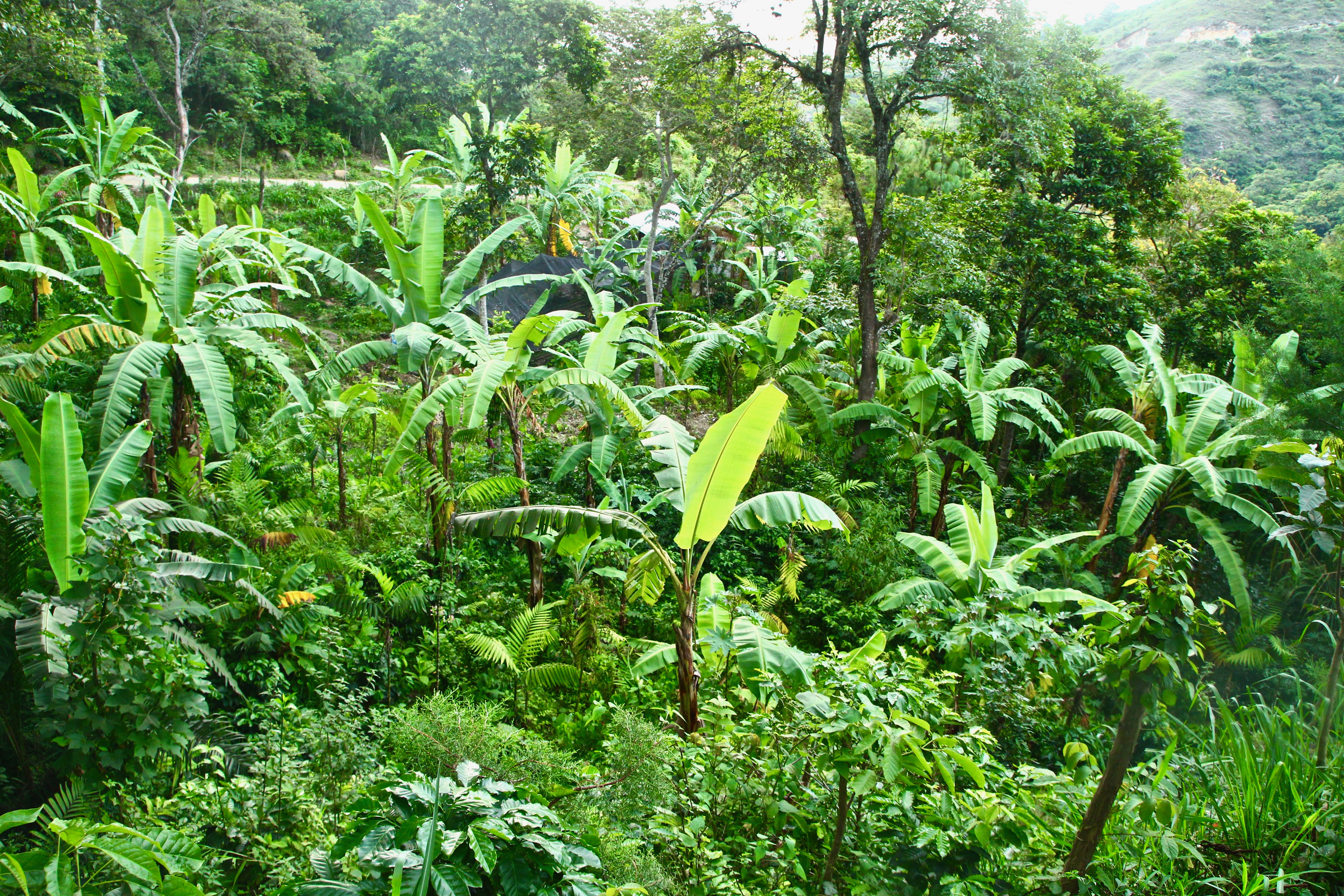
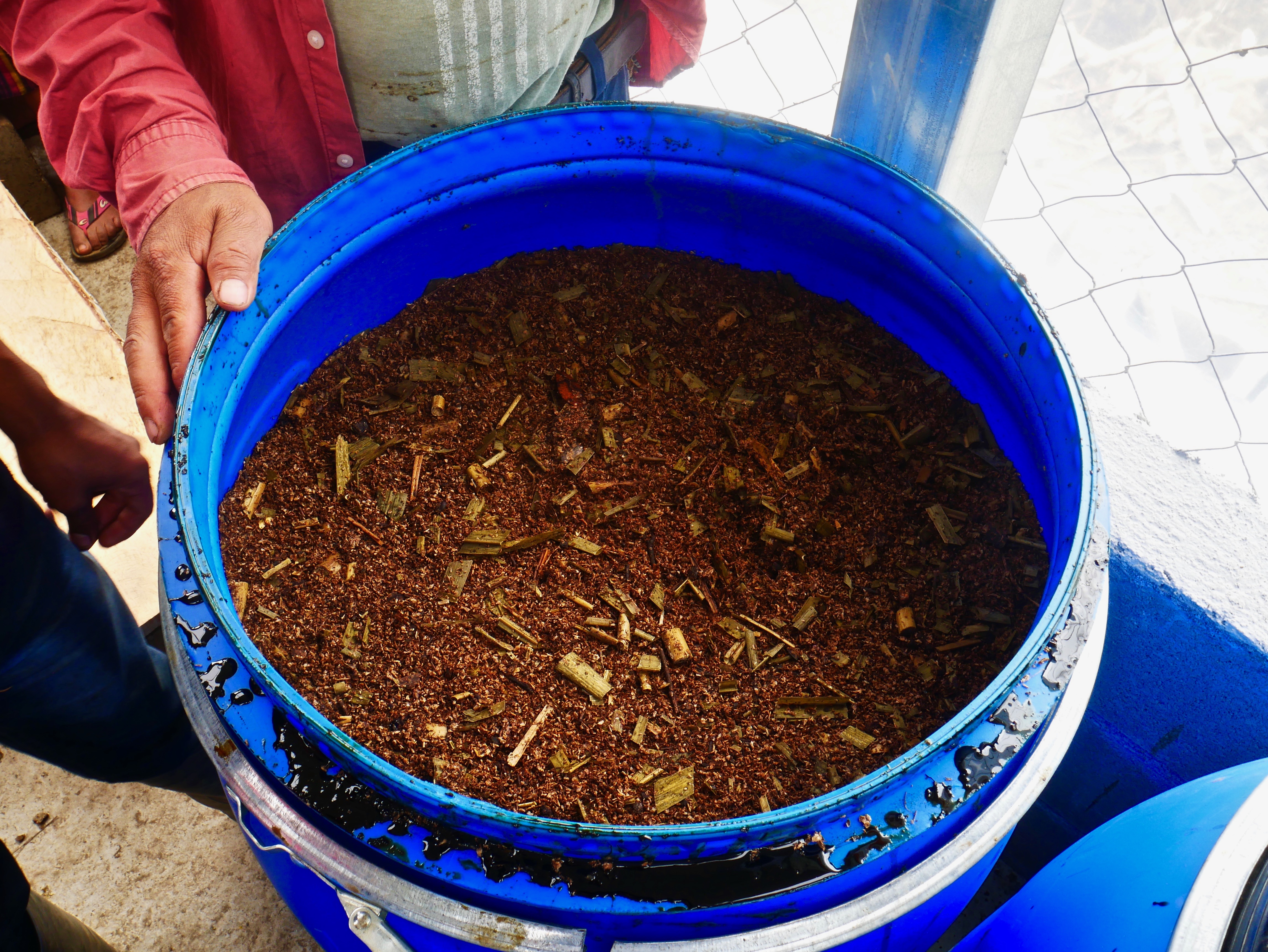
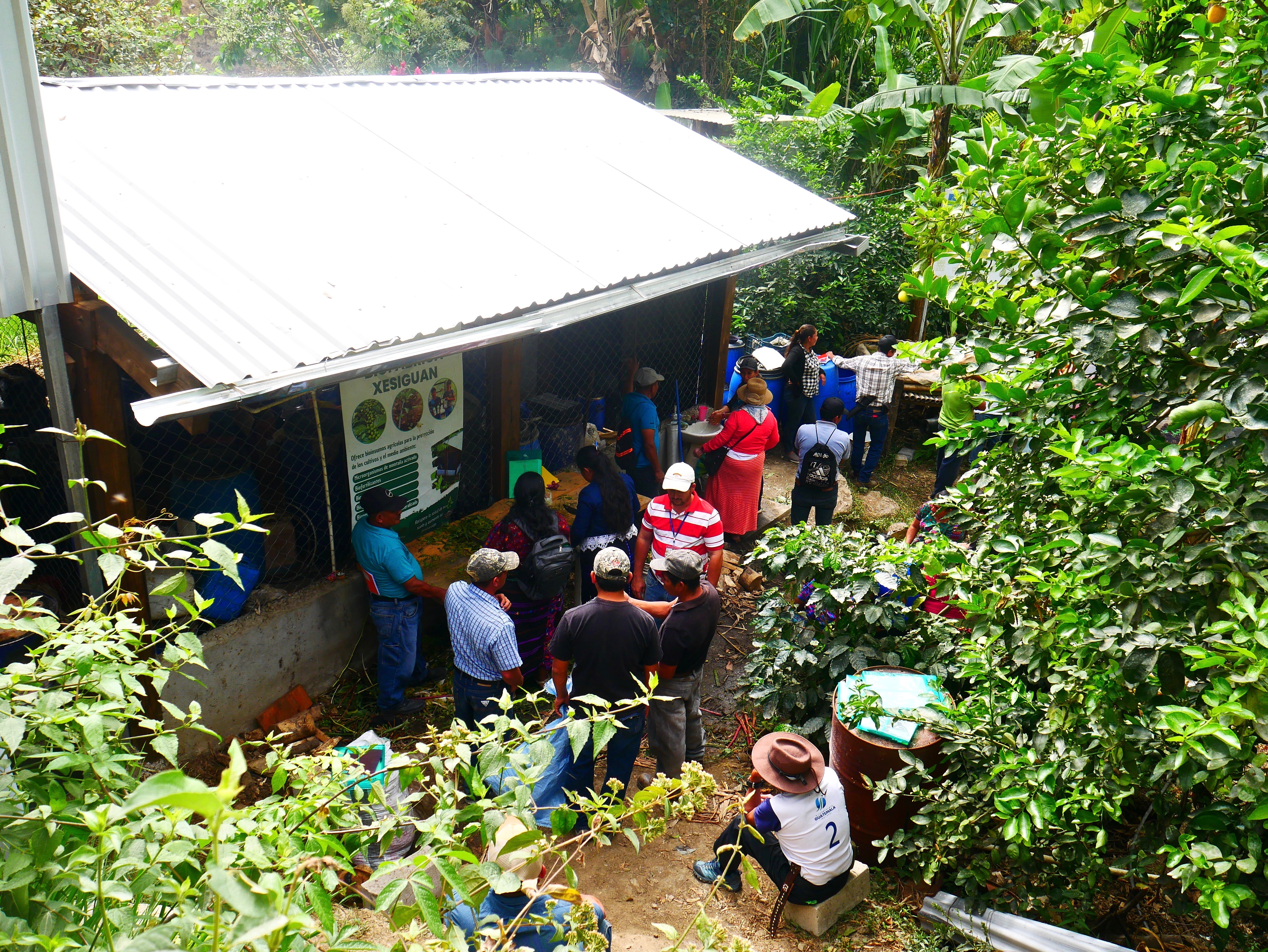
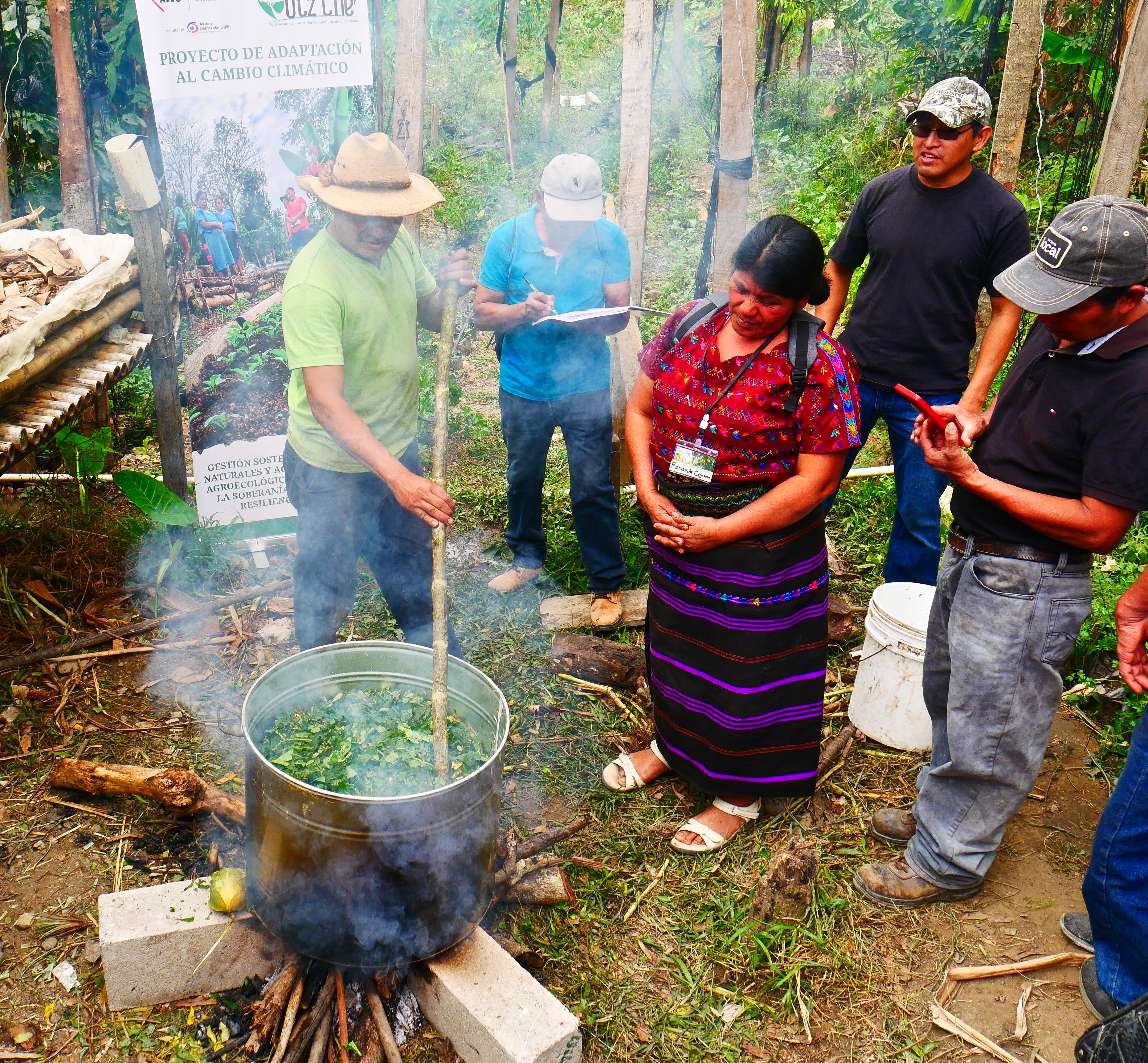
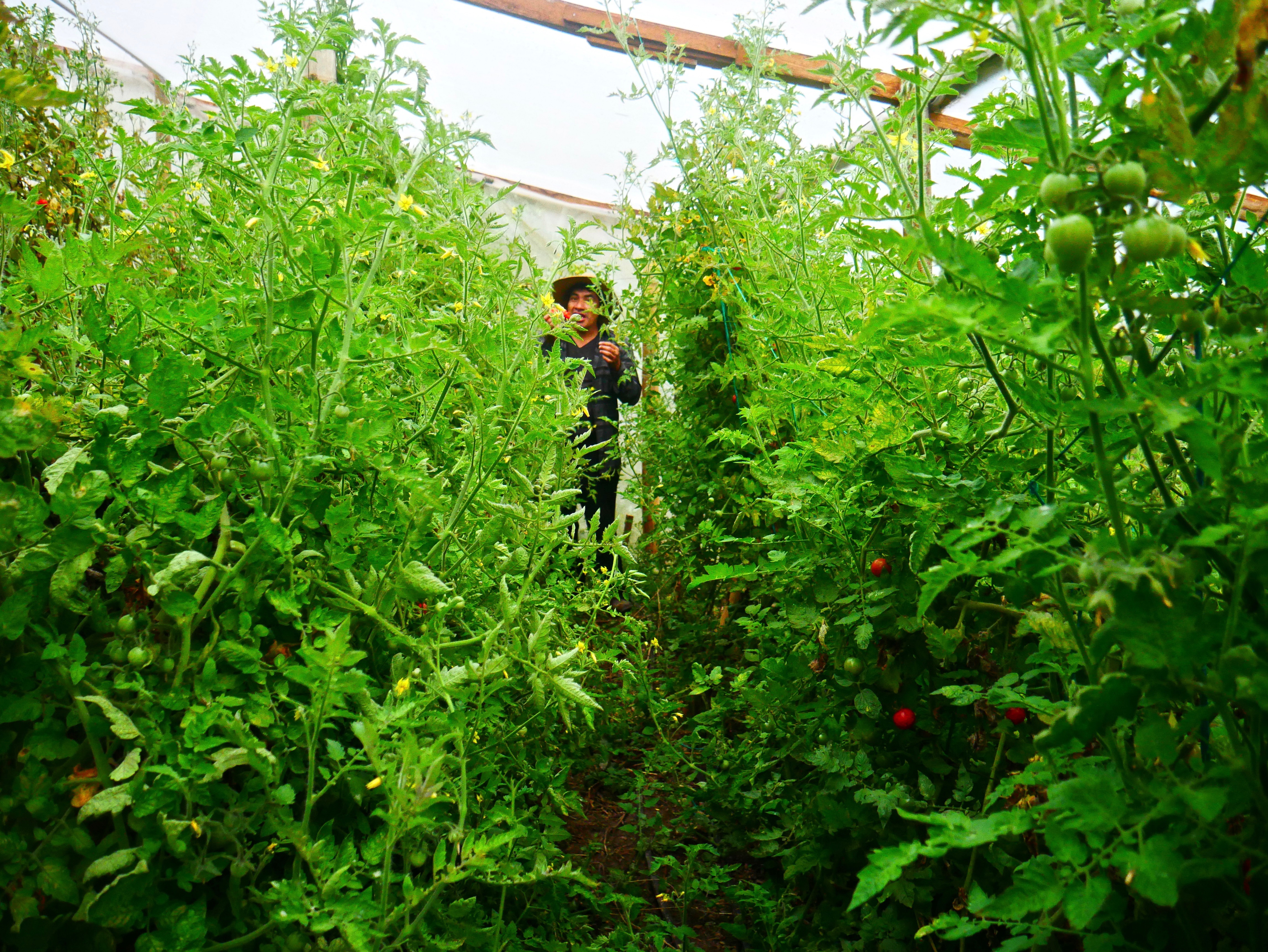
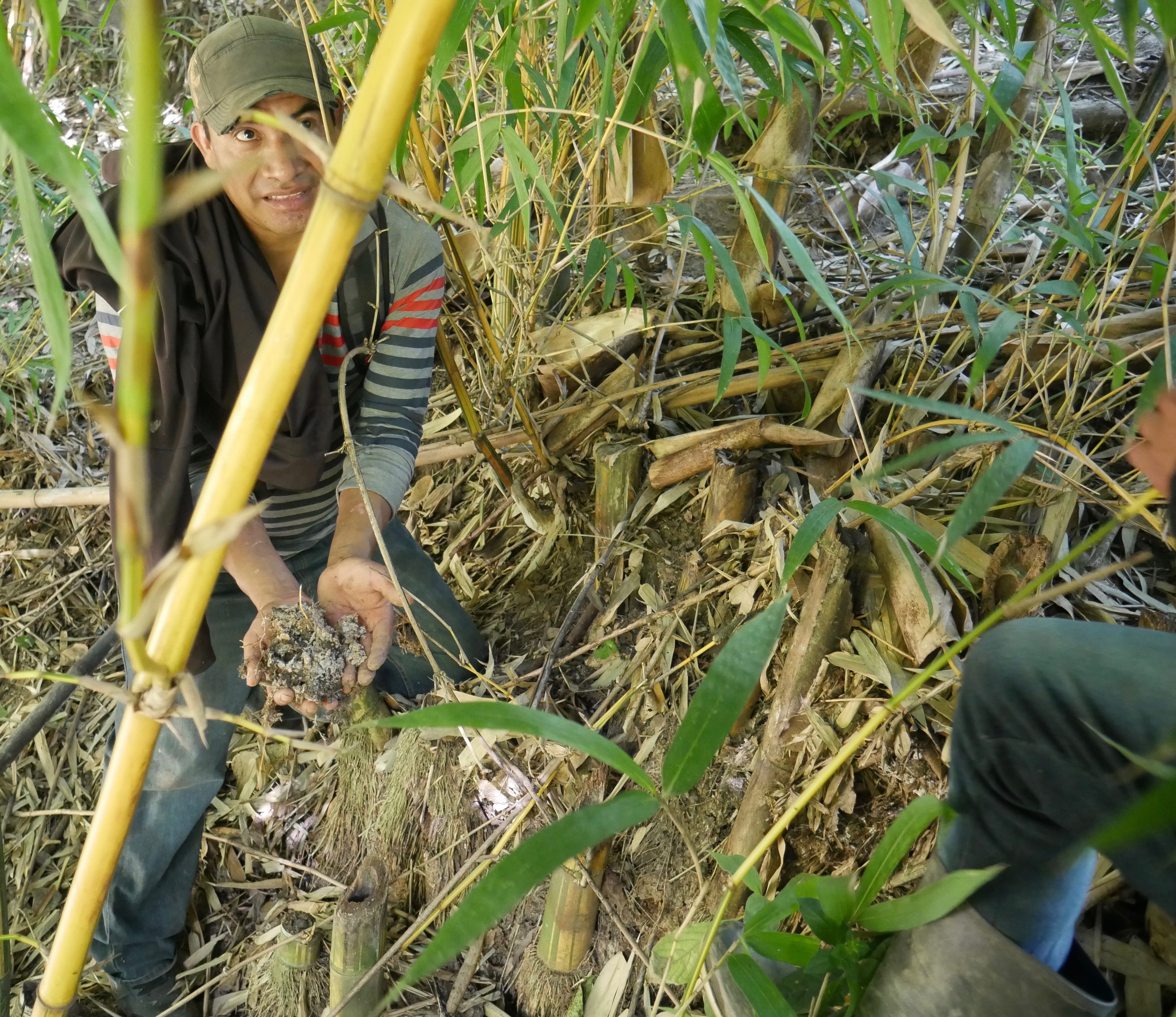
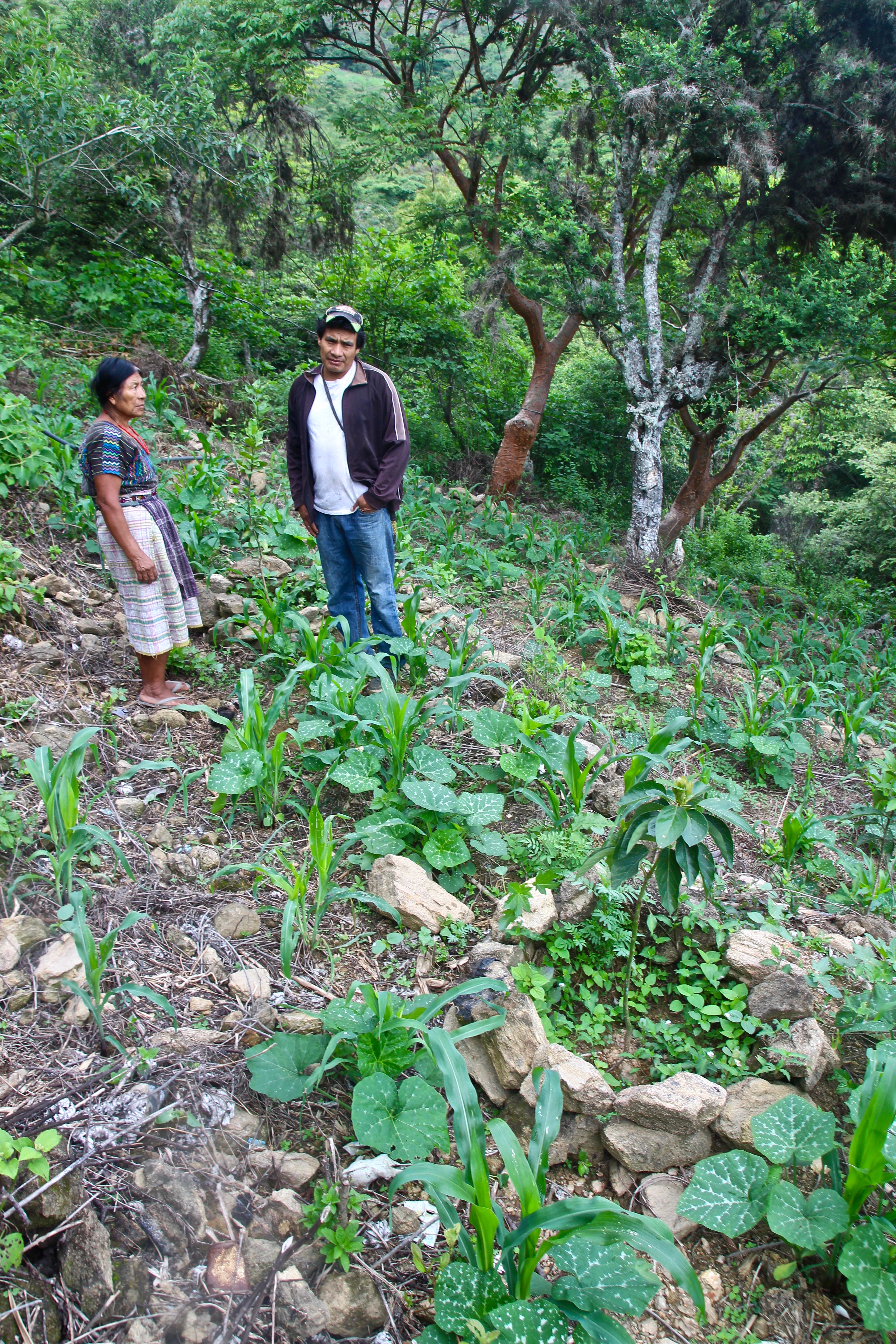
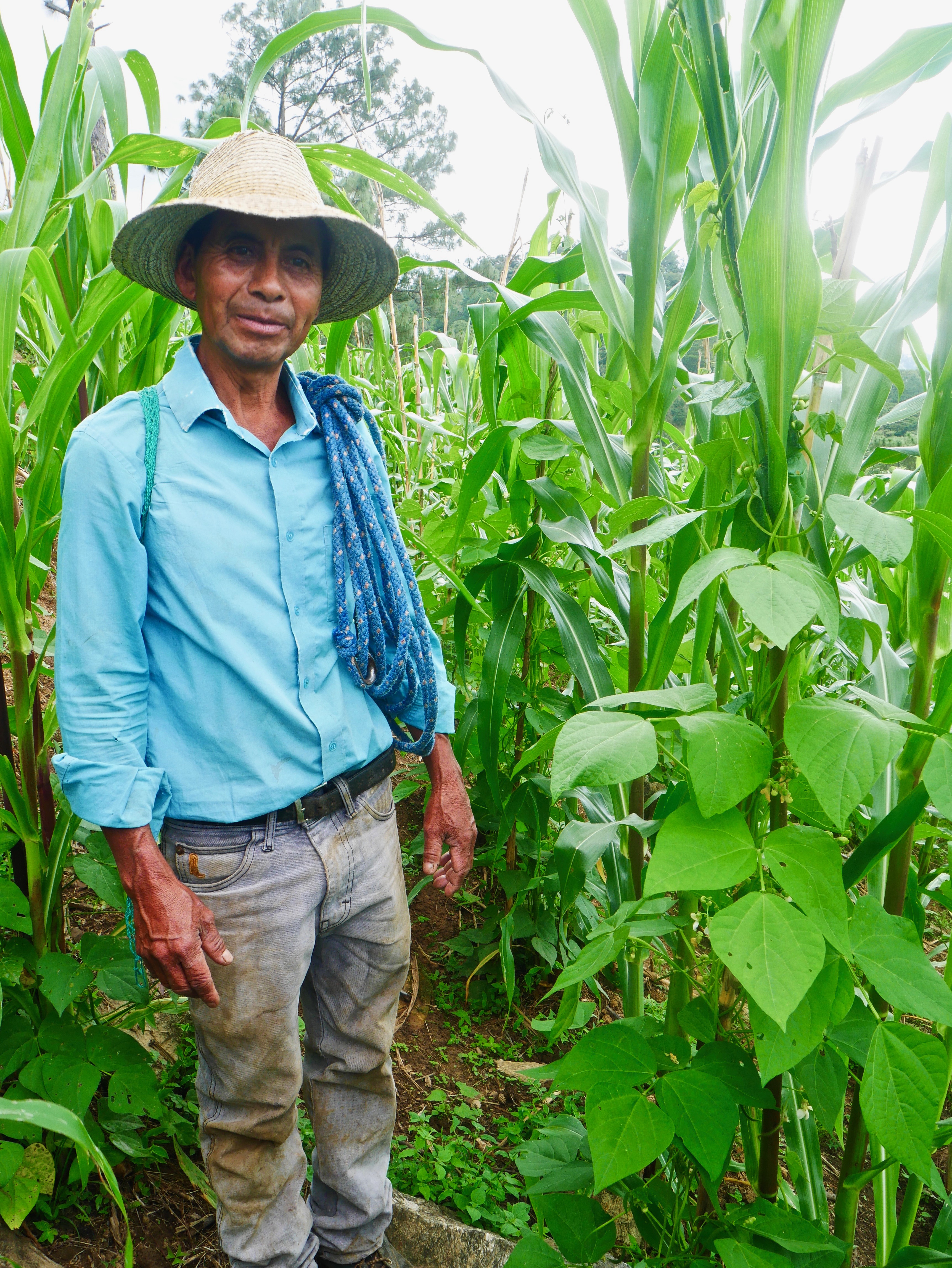
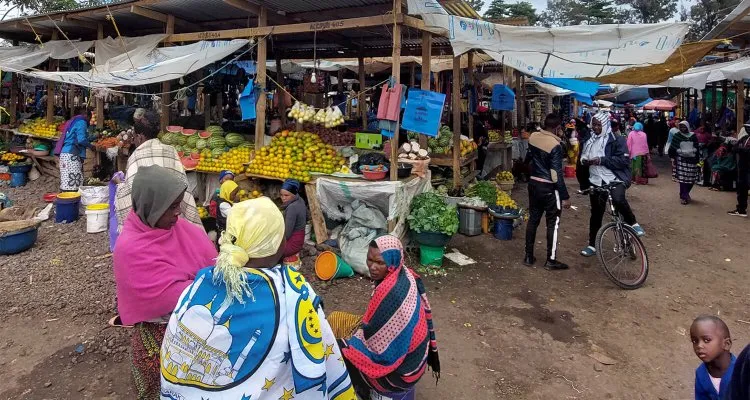
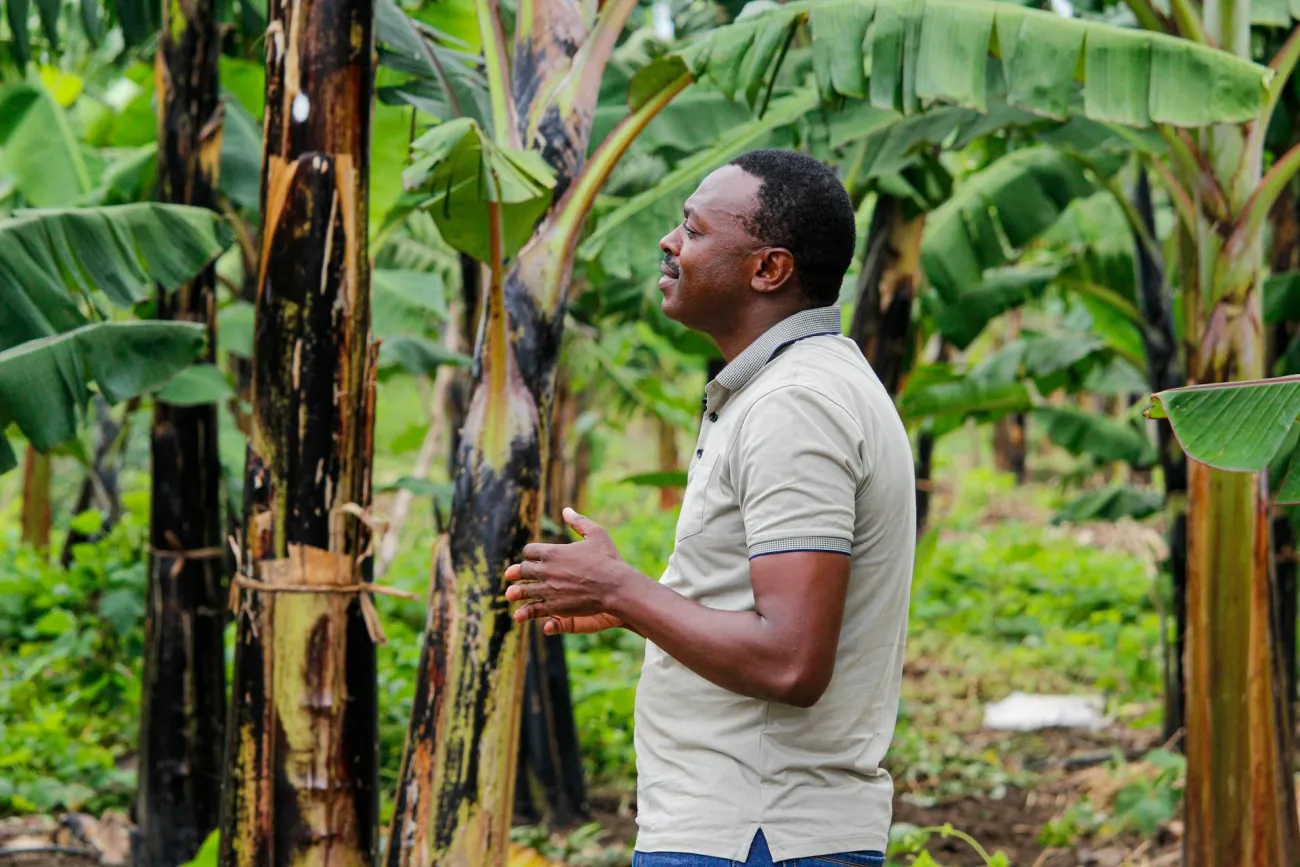
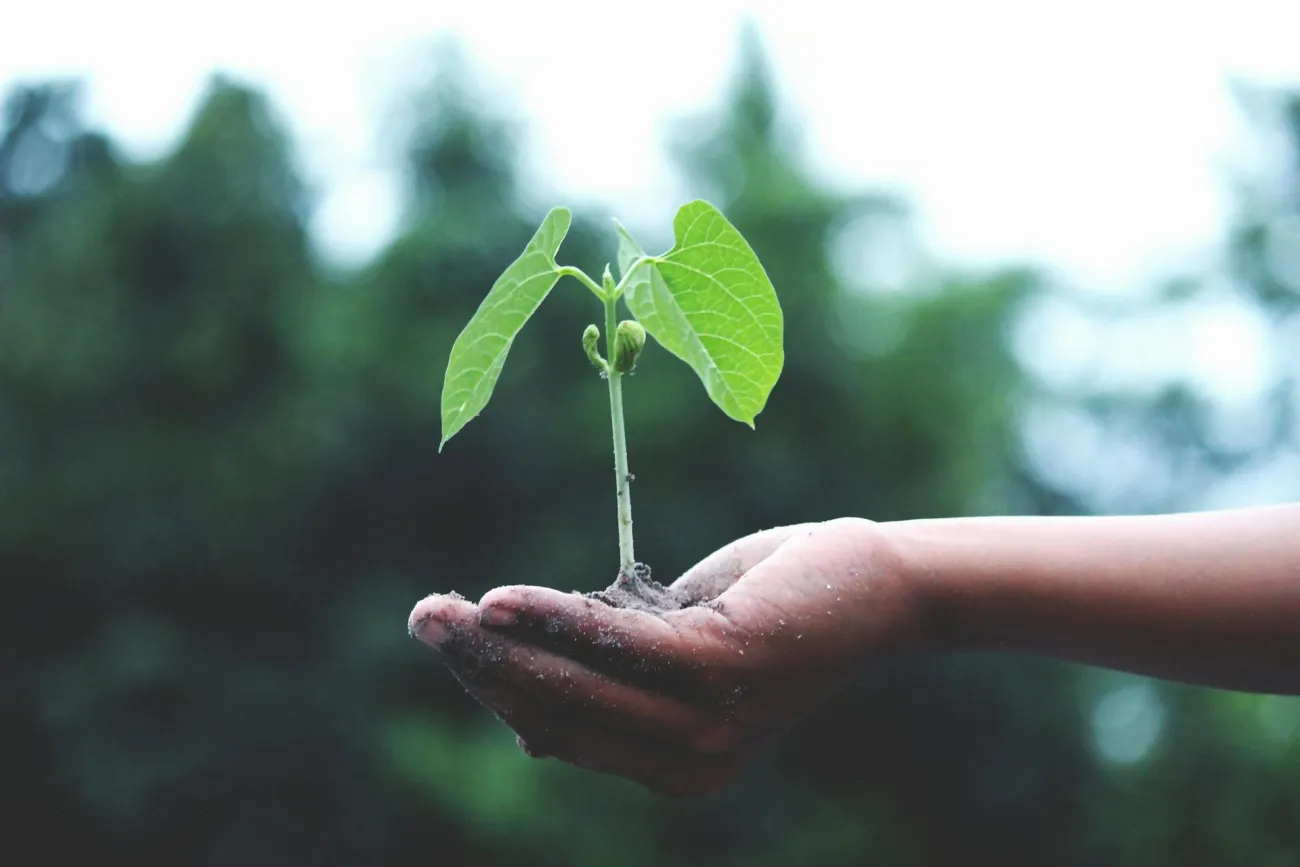
Comments (0)